Global Warming Solutions
‘Solving’ Global Warming
Solving global warming is hard for practical as well as psychological reasons.
On the practical side, consider for example the materials that have been called ‘the four pillars of modern civilization’: ammonia, plastics, steel, and concrete.Smil, How the World Really Works, (2022). Ammonia (NH3) is used as a source of nitrogen to fertilize crops. Because nitrogen is the usual limiting factor in crop growth, without ammonia, total world crop yields would be half of what they currently are.Smil, How the World Really Works, (2022). But the production of ammonia through the ‘Haber-Bosch’ process is completely dependent on the greenhouse gas methane. Plastics are almost entirely derived from methane or crude oil. Steel is made by smelting iron ore with limestone and ‘coking’ coal. Cement, the key component of concrete, is produced by heating ground limestone, clay, and other materials, which process releases large amounts of CO2.About 3% of all global CO2 emissions, which is about the same as the emissions due to heating all the world’s residential buildings (see figure in the following section). Additionally, all of these four materials are usually made by directly burning fossil fuels or through power plants that are run on fossil fuels.
So we ‘eat’ fossil fuels and we make the world’s products, homes, and cities out of fossil fuels. Annual world production of these ‘pillar’ materials are in the hundreds of millions to billions of tons.Smil, How the World Really Works, (2022). It is no easy task to fundamentally ‘decarbonize’ these essential materials by producing them in ways that do not use fossil fuels or emit greenhouse gases.
From a human perspective, it would be challenging to create a problem that is psychologically harder to solve than global warming. People respond best to threats that are local, that they can see, and that impact them immediately. But CO2 emitted in one place, goes into the global atmosphere. And CO2 is invisible and doesn’t have a smell or taste. Emitting CO2, by, for example, driving around in a normal car, doesn’t immediately and obviously impact your daily life. While some of the impacts are felt now, they will disproportionately affect future generations: we emit the CO2 now, but it’s our children and grandchildren who pay the biggest price.
Given these challenges, I think it’s a tremendously bad idea to frame global warming as a problem that must be completely solved; looking at it like a single massive challenge creates despair and people simply give up. But this framing is also factually wrong. Global warming is not a single massive challenge that we will either solve or not solve. As we will see, the problem of global warming is actually a collection of many smaller problems, each of which is far less intimidating than the whole. Even partial fixes of any of these will do good! And perhaps, in the process of making many partial fixes, we will end up ‘solving’ global warming.
The Big Picture
There are some people who believe that global warming could be ‘solved’ if we did ‘just one particular thing’, with that particular thing being whatever they are personally passionate about. Opinion polls show that most people think that one particular activity, usually failing to recycle or driving cars, produces the majority of greenhouse gases. But the reality is that greenhouse gas emissions come from a huge variety of sources, with no single one dominating all the rest. Therefore we can only address global warming by fixing parts of the whole.
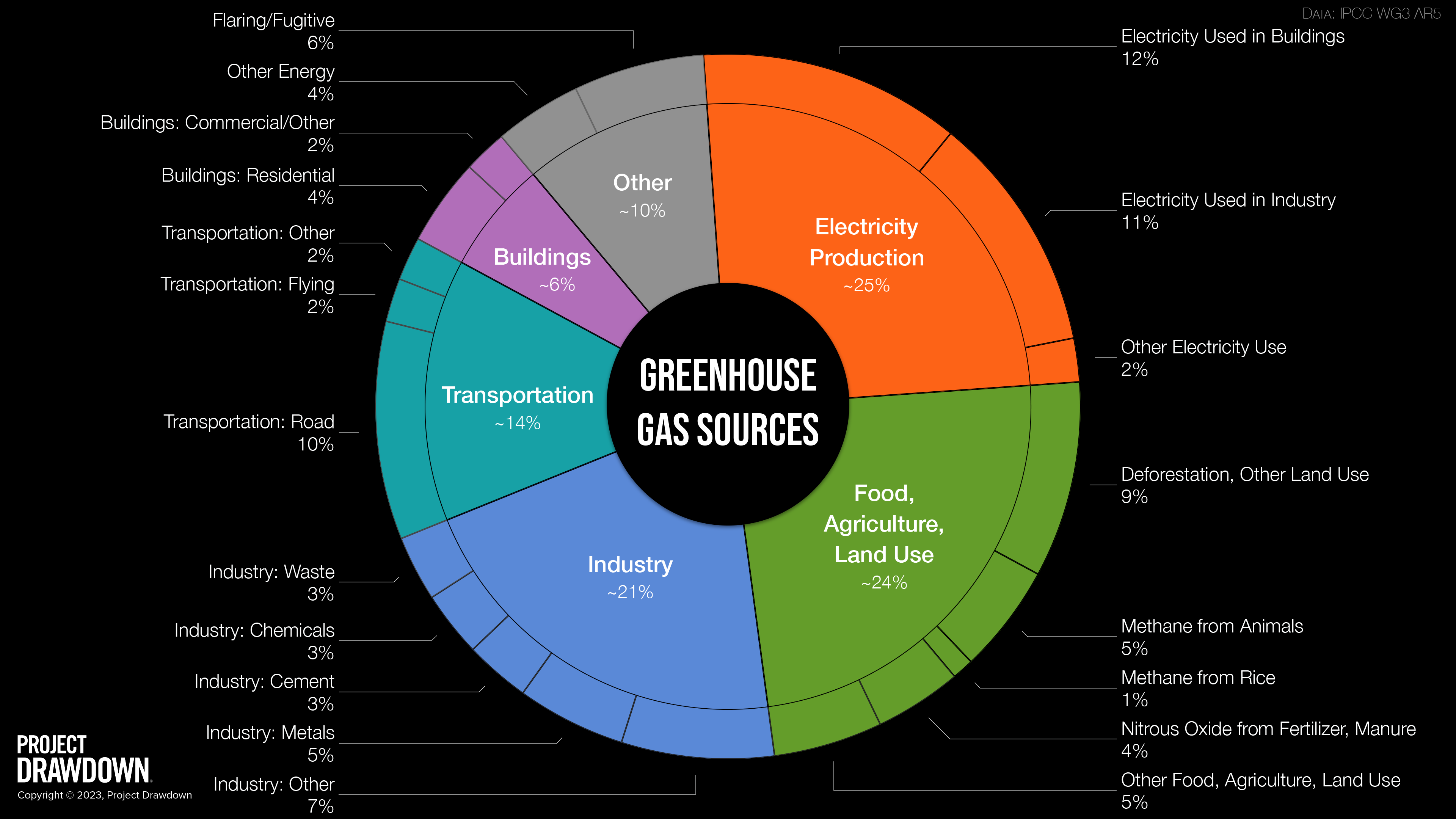
The organization ‘Project Drawdown’ has gathered together perhaps the most comprehensive collection of global warming fixes. The video below presents their ‘Roadmap’ to reducing greenhouse gas emissions. It provides an excellent big-picture view of the kinds of things that can most plausibly be done right now to address global warming.
The figure below summarizes the primary actions in Project Drawdown’s ‘Roadmap’, categorized by whether it relates to greenhouse gas emission sources or sinks, or whether it is an issue directly related to society. You can learn more about each one by clicking on the topic in their big list, which you can sort by largest impact.
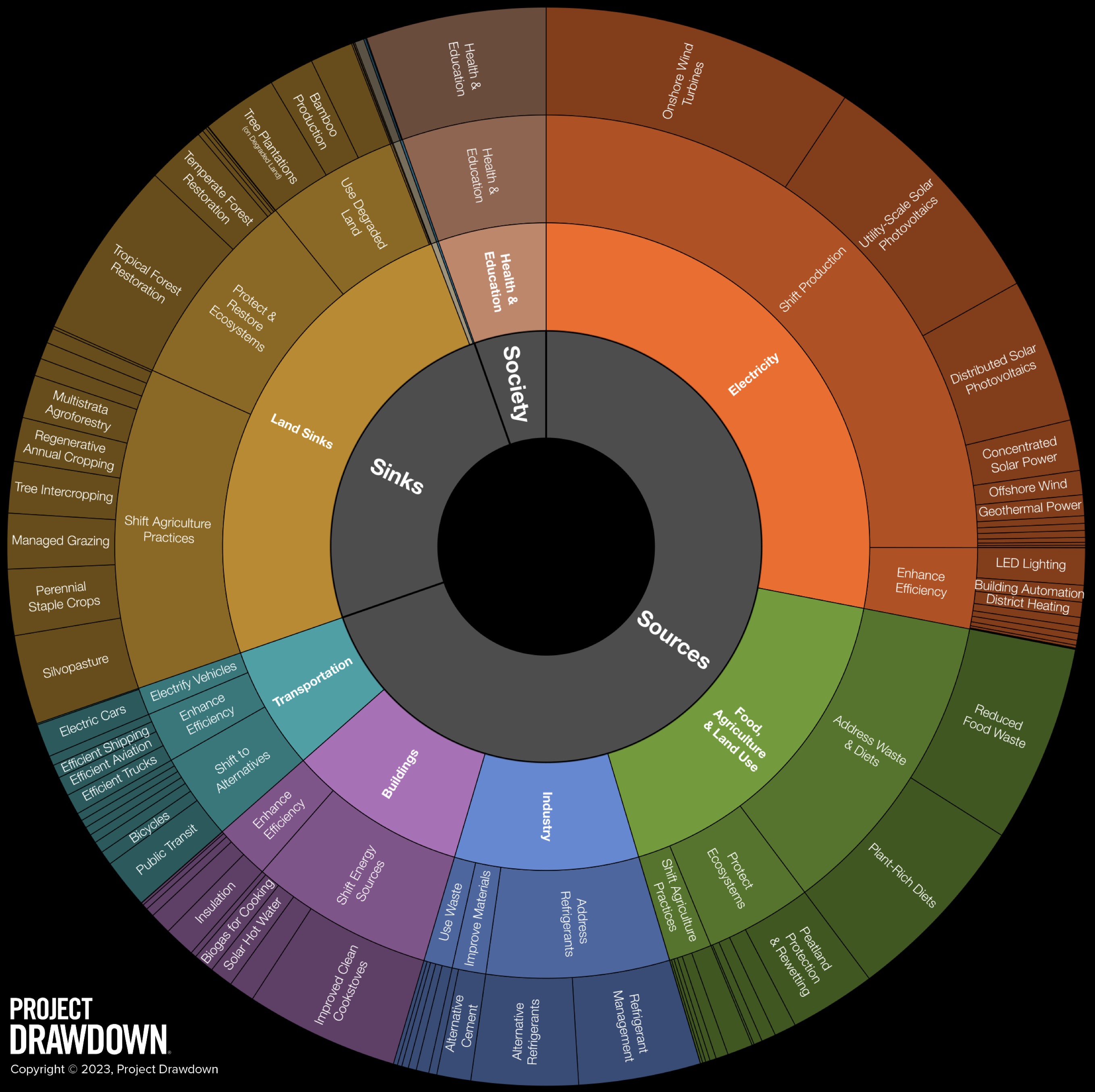
How will these actions (or ‘Roadmap’) actually be accomplished? You may have noticed that the video above didn’t specify who exactly would implement the different actions they proposed. The video mentions governments, investors, and individuals as potentially involved in implementing these actions.
There are two general approaches that have been advocated for in implementing these kinds of global warming fixes. I’ll call these two approaches the ‘United Nations (UN) approach’ and the ‘Hartwell approach’, named after the organizations that have most prominently advocated for them.
The UN approach argues that global warming must be addressed through global governance and policy. The aim of this approach is to bring as many nations as possible together to get them to agree to common, legally-binding climate policies. There have been many UN climate conferences since the mid-1990s. None of them has ended with a genuine, truly legally-binding breakthrough, though some have made important progress (such as the 2015 ‘Paris Agreement’).
The Hartwell approachPrins et al., The Hartwell Paper: a new direction for climate policy after the crash of 2009, (2010); Rayner and Caine, eds., The Hartwell approach to climate policy, (2014). argues that the UN approach will ultimately fail because it treats global warming as an issue that can be fixed through international agreements. It argues that decarbonization will only happen indirectly and locally: organizations and local governments can fix immediate problems that have the additional benefit of partially fixing global warming. An example of this would be the problem of air pollution due to burning coal: local governments should replace coal power plants with clean, renewable energy alternatives because the pollution from burning coal is killing people.Globally, outdoor air pollution from burning coal, gasoline, and wood kills millions of people every year. The Hartwell approach is similar to the discussion of ‘maximizing co-benefits’ in the Project Drawdown video.
Personal Action
Do our individual actions matter? If you view global warming as a massive problem that will only be solved through UN-brokered global policies, then it’s hard to see how your individual actions will make a difference. But if instead you can see that global warming is really hundreds of smaller problems with many of these being fixable in one location at a time, then things look very different. If you count up all the actions in the Project Drawdown list that individuals in relatively affluent countries have power over, this adds up to 25-30% of total greenhouse gas emissions. That’s a big potential impact!
So what can we do? Typical lists of individual actions that you can find online or in news articles are often a hodgepodge of the important and the irrelevant. Consider this typical list: never use a new plastic bag; change one standard lightbulb to a low-energy lightbulb; never leave your TV on standby; commute to work by bus instead of car; become vegetarian; make one fewer flight. But consider this: never using a new plastic bag will save 5 kg of CO2 per year but making one fewer flight will save 500-12,000 kg of CO2 per year (depending on the flight and on whether you fly economy or first class).Marshall, Carbon Detox, (2007). These things are different by 2-4 orders of magnitude! So some of the things in this list really matter and others are, from a purely CO2 perspective, essentially irrelevant.
The Breaking Boundaries organization has worked with Project Drawdown and other scientists to create a short list of things that peopleThat is, people in relatively affluent countries who are producing the vast majority of emissions. can do to make a real difference. How much of a difference they will make depends in large part on how you live. I encourage you to go to their website and see what their impact would be for you.
The Breaking Boundaries list is separated into four categories:
- Food
- ⦿ Cut Food Waste: Buy only the food you know you’ll eat.
- ⦿ Eat More Veggies: Replace meat with a flexitarian diet.
- Energy
- ⦿ Switch to Clean Energy: Upgrade to renewable energy in your home.
- ⦿ Insulate Your Home: Install or improve your home’s insulation.
- ⦿ Save With LED Lights: Switch to energy-efficient LED light bulbs.
- Travel
- ⦿ Drive Electric or Hybrid: Make your next car an electric or hybrid vehicle.
- ⦿ Get Around Greener: Share a ride with others or travel by train, bike, or foot instead.
- ⦿ Fly Less: Stay local, make a video call, or find another way to travel.
- Voice
- ⦿ Make Your Money Count: Choose responsible financial institutions and funds.
- ⦿ Talk to Friends: Talk about the planet’s boundaries‘Planetary boundaries’ refers to the ‘safe operating space’ for nine planetary systems. Crossing certain biophysical thresholds of these systems could have disastrous consequences for humanity. Rockström, et al., A safe operating space for humanity, (2009). and how to take a step.
- ⦿ Spark Ideas at Work: Inspire your company to make changes that matter.
- ⦿ Keep Politicians Accountable: Call on leaders to bring us back within planetary boundaries.
- ⦿ Plant More Trees: Help the experts plant, protect, and restore our forests.
Below I’ve made a plot of plausible lower and upper bounds on the monthly CO2 impact each Food, Energy, or Travel action would have. As you can see, these vary a lot by person and by type. Note that you personally could have lower or higher savings of CO2 emissions than the values that are plotted here; I just selected options on the website that seemed to plausibly represent minimum and maximum values.
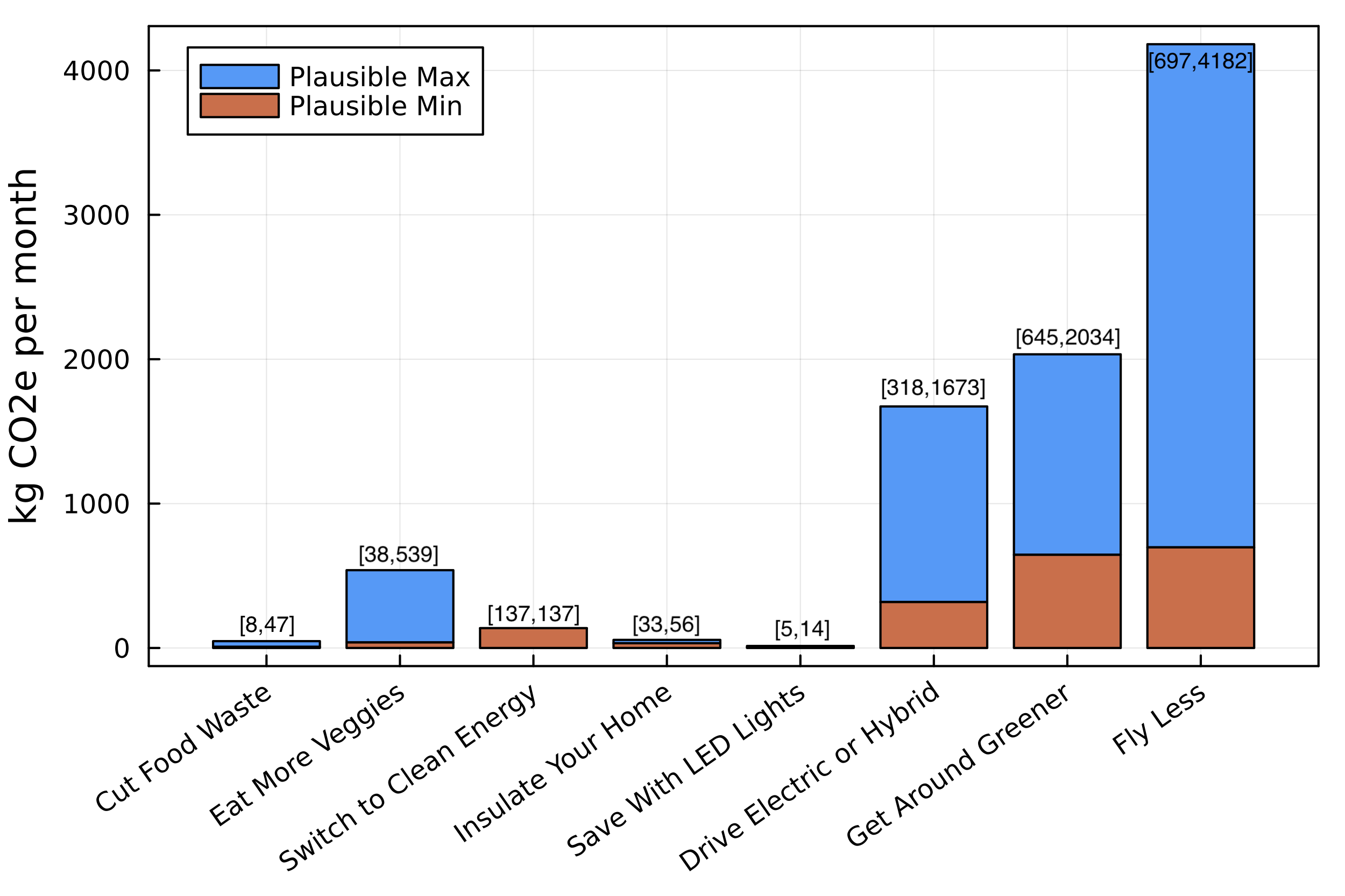
Even though they are all relatively high impact, some are much higher impact than others.Note that the lower bounds for the smallest actions, ‘Cut Food Waste’ and ‘Save With LED Lights’ are more than 10 times as important on an annual average than never using plastic bags, discussed above. That’s of course not to say that you should use as many plastic bags as you can! There are very serious concerns about plastic pollution, but plastic bags just don’t make a big difference in CO2 emissions. Also note that some personal choices can address two or more of these actions at once. For example, if you choose to live in an urban area and get around without a car, you will save significant amounts on travel emissions and home energy emissions because it takes less energy to heat or cool a relatively small apartment that shares walls with others, compared to a large free-standing home.
The last category of personal actions, ‘Voice’, is very important. There aren’t specific ‘kg of CO2 equivalent’ that are saved here, but this is the category of actions where your influence gets multiplied. While public concern about climate change is generally rising in many countries, there are still significant fractions of the population that do not consider it a major concern.

The ‘Voice’ actions are the things that can bring about change among your friends, your co-workers, your employer,Project Drawdown has a great video that discusses what business can do about global warming. and your region or country. Plant More Trees. Make Your Money Count. Talk to Friends. Spark Ideas at Work. Keep Politicians Accountable.
Knowing and Doing
As we all know, knowing what we ought to do is very different from actually doing it.
I was once at a panel discussion in New York City on the topic of climate change. One of the panel members was a prominent journalist who had been among the first to write about climate change and global warming. In the introduction he was lauded by the moderator for all the articles and books he had written about climate change and the awards that he’d won. In the question and answer period at the end, a member of the audience asked him what he had personally changed in his life in response to climate change. He took a long pause. Then he said, ‘I’m ashamed to admit that I’ve done nothing.’
While I know many climate scientists who have made significant changes in their life in response to the threat of global warming, over the years I have been surprised at the number of climate scientists who have changed little or nothing. I know a scientist who worked on the IPCC sixth assessment report who flies internationally for pleasure at least once a month and usually twice a month. He had recently bought a brand new gas-powered SUV and when I asked why he had not bought an electric vehicle, he said he certainly could afford it but that it was ‘too inconvenient’.
I don’t fully understand why there’s such a complete disconnect for some people who clearly ought to know better. Certainly it’s a general human problem to know what we ought to do, but to never manage to actually do it. Perhaps it’s just that excuses come easily and making meaningful life changes is really hard.
Accountability
Here’s the most personal part of the book. It’s the part where I show some accountability, telling you, dear reader, what I have done and what I haven’t done about global warming. This is obviously a little unusual to do in a textbook. I do it in part for the selfish reason that it helps to keep me committed. I also do it because I believe that climate scientists would do more about global warming if they had public accountability and couldn’t hide behind their job titles. I also hope that it may encourage you to do something about global warming too.
This is what I have done and am currently doing:
Food:
My family produces almost no food waste; this is easy if you plan meals half-decently and are willing to eat leftovers! In 2016 my family and I switched from a meaty, American-style diet to a so-called ‘flexitarian’, Mediterranean-style diet. We eat vegetarian plus low-carbon fish: farmed salmon and sardines. We will eat meat if invited by others to their home or a restaurant where they are serving meat, but this ends up happenning less than once a month on average. (It’s important to note that while eating vegetarian or vegan is in general good for carbon emissions, it’s entirely possible to eat an out-of-season vegan salad made with vegetables grown far away in heated greenhouses that have total carbon emissions that are higher than eating a locally raised chicken.Smil, How the World Really Works, (2022). So you have to think about what you eat!)
Energy:
I’ve always rented wherever I’ve lived so I haven’t been able to install solar power on my roof or install special insulation. But since LED lights have been available, I’ve always had them. When I lived in New York City, the state made it possible for individuals to decide the source of their power, whether it came from renewable sources or not. I elected to have renewable energy (which, by the way, did cost me more per month than fossil fuel energy). I wish this were an option where I currently live.
Travel:
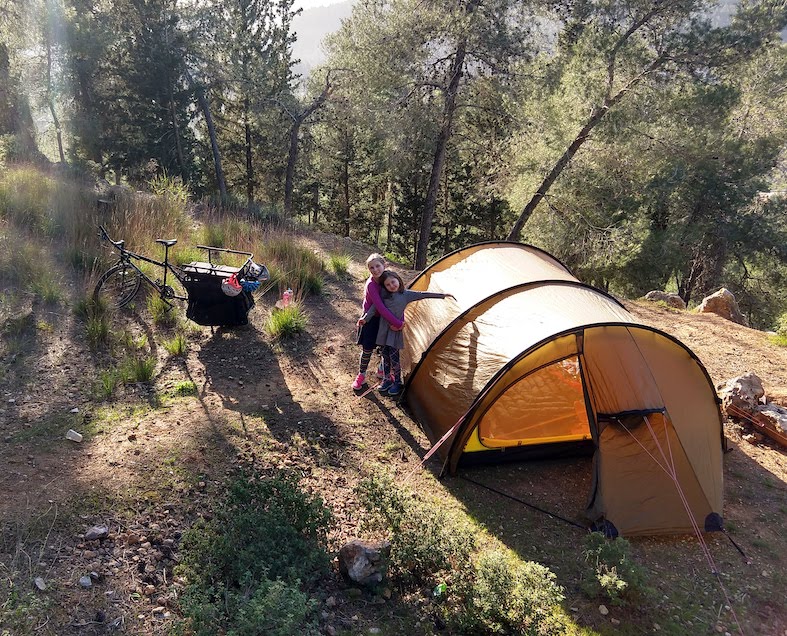 Family camping by bike.
Family camping by bike.
Day to day, my primary transportation is a bicycle, which I ride for almost everything. About the time when my wife and I first had children we bought a car, a Toyota Prius hybrid. We owned it for about 5 years and then decided to sell it and go without having a car. To haul kids and groceries and other things I got a large ‘cargo’ bike; it can carry 200 kg (and up to 4 small kids!) and I’ve even gone camping with my kids using this bike. Other than a bike, we mostly walk, and a couple times a month we take a train or bus. A few times a year we rent a car for situations where we can’t use a bike, train, or bus.
My family’s (almost-completely) car-free, walking and bicycle-based travel situation is possible not because we are lucky but because we put a very high priority on living near work and schools and in cities and neighborhoods that are generally walkable and bike-able. If the city wasn’t walkable and bike-able, we didn’t apply for jobs in that city. Living in pleasant, walkable neighborhoods costs us more money for rent, but we also save significant amounts by not owning a car. It’s common for about 3 months’ worth of an average annual salary to go to owning and operating a car. And the total cost of car ownership ends up being more than twice what people estimate it will be. Plus it’s a massive headache owning, maintaining, and parking a car compared to a bicycle!
Unfortunately, I live on the opposite side of the Atlantic Ocean than nearly all of my family members. Once a year (or sometimes every-other year) we fly internationally to visit family. I also take ‘medium-haul’ flights for work to Europe about twice a year. Like many people in relatively affluent countries, my flights account for the largest source of my CO2 emissions and I could do better in this area. While it’s an imperfect solution, I pay for so-called carbon-offsets for each flight I and my family take. Additionally, ⅓ of my monthly charitable donations go to an organization that maintains forested areas and plants trees.
This is what I’m not currently doing:
Given that there are hundreds of things that one could do, this list could be pretty long. But if I focus on those things in the Breaking Boundaries list that I have control over, I definitely don’t do as much as I could in the ‘Voice’ category. I teach a university course on the science of global warming and I’m not shy in talking about the science of global warming with those I meet, but that’s about it. I haven’t been active politically on this issue. I haven’t contacted or pressured my political leaders. And I haven’t meaningfully ‘sparked ideas’ at my work (a university).
Envision a Better Future
Imagine a world where people are healthier and happier because they walk and cycle more and are stuck in traffic jams less.
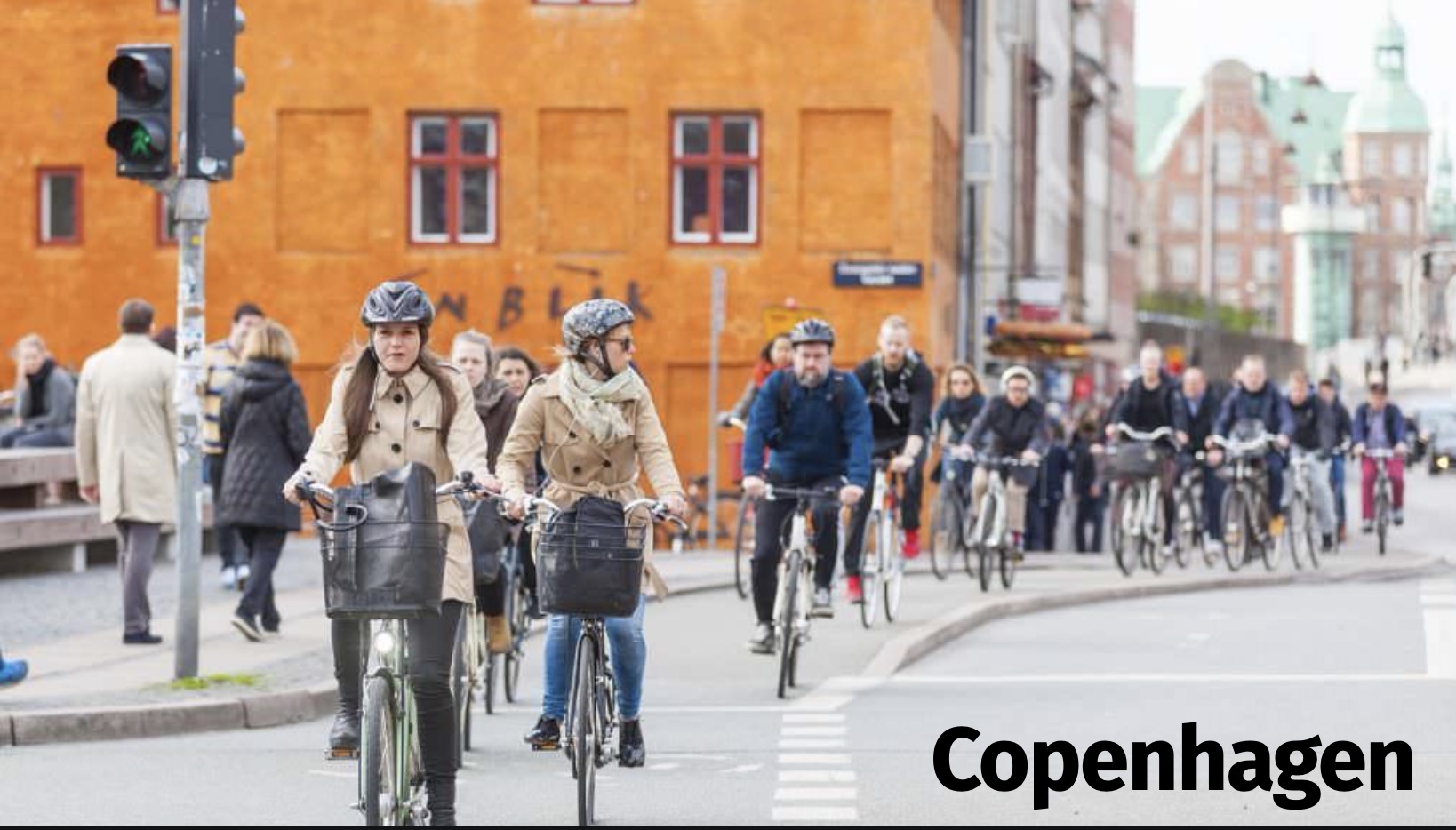
Imagine a world where millions of deaths annually are avoided because green energy is safer energy (approximately 1,000 times safer).
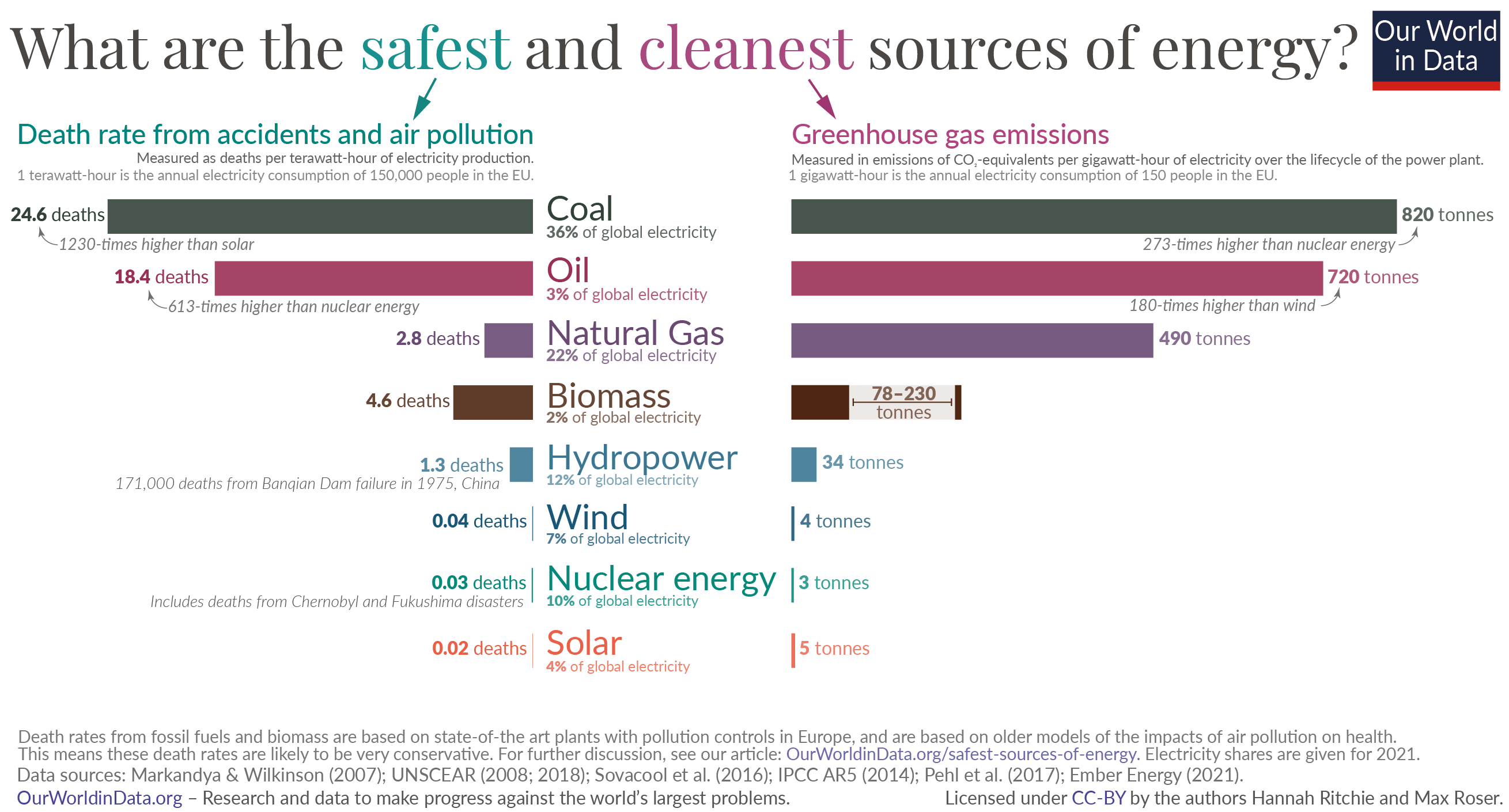
Imagine living in a countryLike the current Norway, Sweden, and France. where there are almost no carbon emissions from energy production and therefore no ‘green guilt’ about using electricity or buying high-quality, locally made things.

Imagine local travel where you take it slow and enjoy the journey as much as the destination.
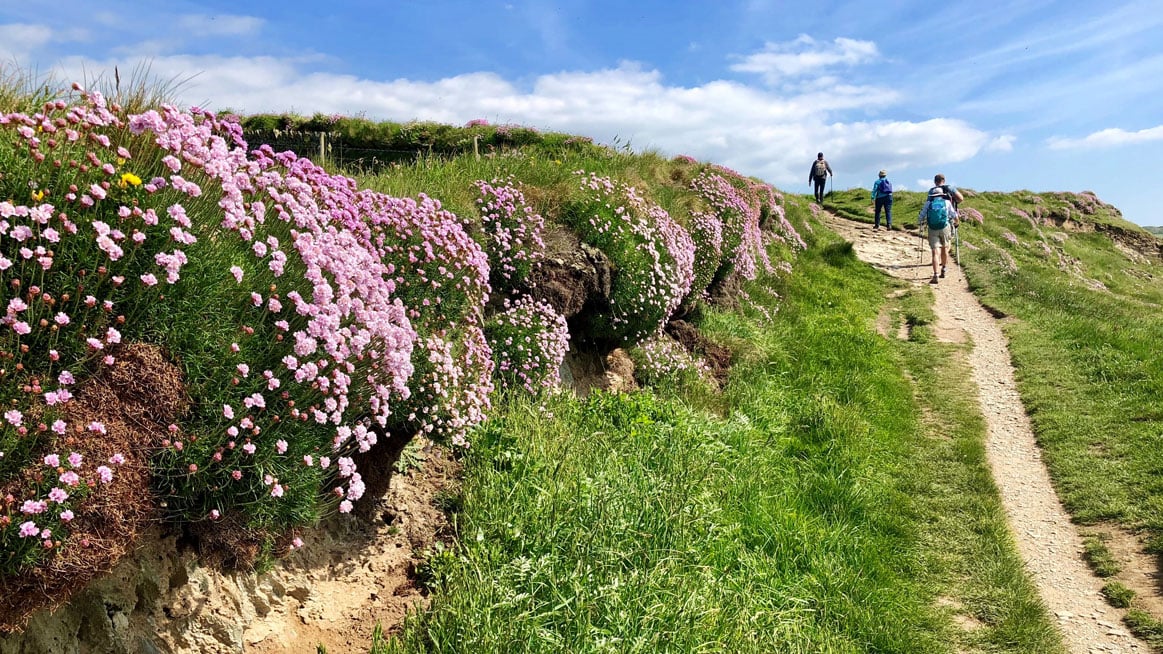
When you decide to do something about global warming, you are not just avoiding the bad but affirming a better, healthier future.
\(\Uparrow\) To the top
\(\Leftarrow\) Table of contents